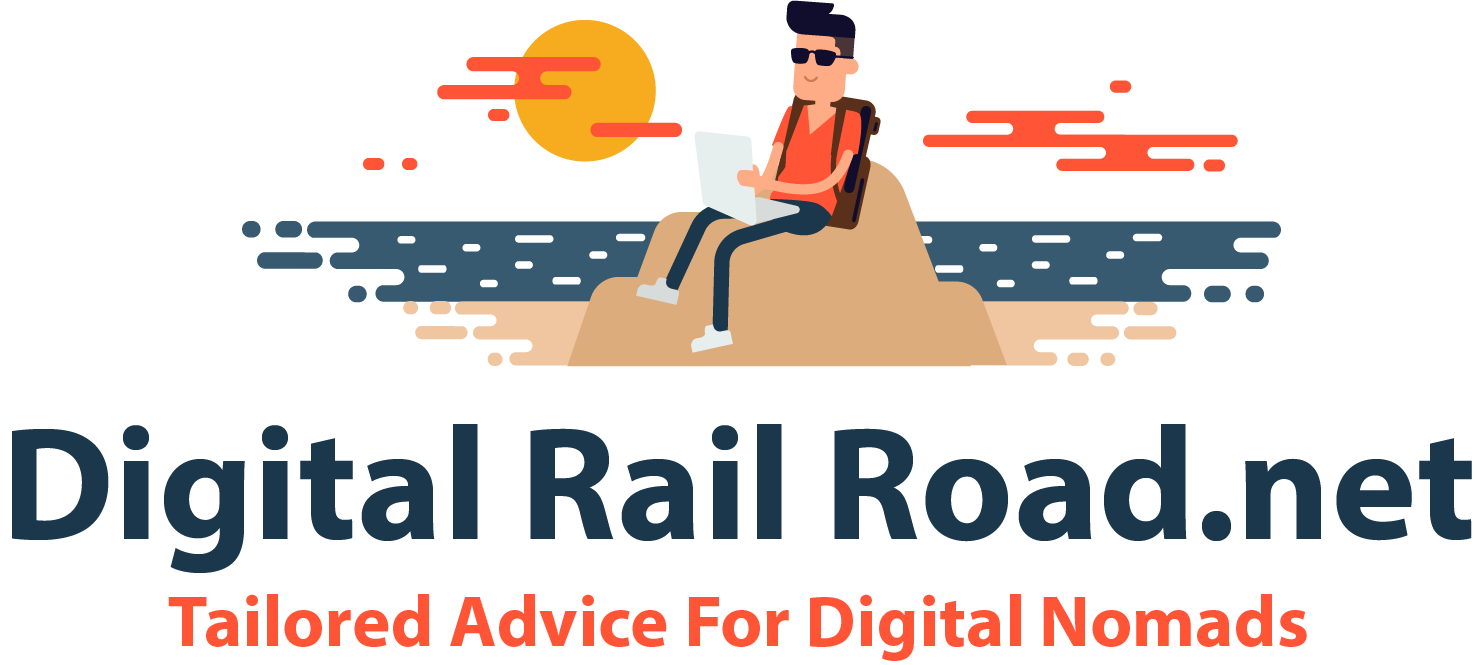 3 Creative Ways Businesses Are Using DataSource: Unsplash | Tim van der Kuip
3 Creative Ways Businesses Are Using DataSource: Unsplash | Tim van der Kuip
Data has a bit of a reputation, with many considering it to be very dry and not much fun. They hear the word data and think they’re about to see a lot of numbers. But the numbers are simply the background; data comes into its own through the insights it gives you. Stop thinking of data as reams of facts and figures and start delving into the stories it tells. Here are three ways companies are using data innovatively and with creative results.
“People Like You Like This” Scenarios
From dating to driving, most of today’s online activity results in an ongoing dialogue with the platform you’re engaging with. Say, for example, you wish to buy a dress. At every stage of your purchasing journey – from clicking on the dress to putting it in your basket to checking out to receiving your confirmation – you’re shown dresses (and accessories that go with them) you might like based on other customer’s similar purchases. On a dating website, you fill out your profile, and it presents you with a list of potential suitors based on matching the information you each filled out. Data warehousing tools and techniques are bringing personalized browsing experiences to life.
Disease Prevention
Global virus trends, captured within data warehouse platforms, are helping healthcare companies predict when an epidemic may hit their country, whereabouts it may hit, and the severity. It’s this type of data the World Health Organization uses to determine what strain each year’s flu vaccine will immunize against. More than 100 national data centers collect information from influenza sufferers from over 100 countries, and they carefully analyze the results to determine which nations are most at risk from which particular strains.
Weather Analytics
Whether you know it or not, meteorological data influences you daily – from whether your flight is on-time or not, to when roadworks are scheduled to start, and even down to what clothing items are for sale in your local shopping mall. For example, brands use it to forecast sales trends for specific products or even their whole inventory if they’re a weather-dependent enterprise, while media companies use it to predict what people will be doing and when so they can make better use of media placements. (For example, is it a cold, stay-at-home day or a hot be-out-in-parks day?) Weather is a significant data commodity, pulled on more often than you may realize.
Data creates the building blocks from which great brand stories are told. It takes a guessed outcome and not only finds the truth in it but also adds color and reality. Start seeing data differently, and you’ll never think it boring again.
